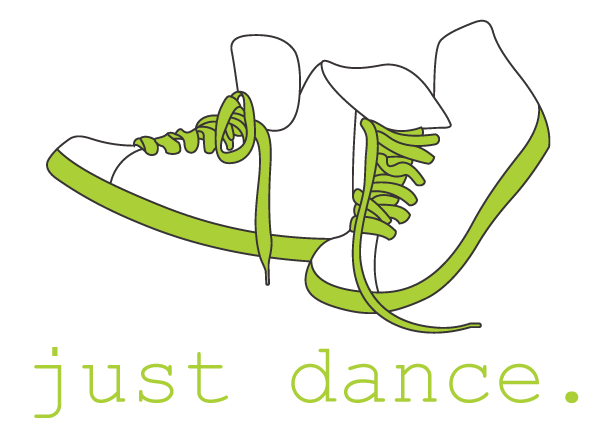I had been teaching dance fitness classes for around 5 years when I thought about creating a class that was a bit more ‘dancey’. Initially, all I knew was that I wanted to choreograph to music I loved and at the same time revisit some of the exercises and dance sequences I enjoyed while I was training to be a professional dancer. After I worked out exactly what the class was and how it would all work, then came the challenge of figuring out what to call it.
I remember playing around with words and phrases that might aptly describe the class and in the end, rather than go with something like 'Ballet Fit’ and all its variants, I decided to call it ‘Flowetic’. There’s absolutely nothing wrong with ‘Ballet Fit’ but I thought, rightly or wrongly, that if it was called anything directly associated with the word ‘ballet’, this could be off putting to lots of people for a number of reasons.
When you hear the word ‘ballet’, what’s the first image that springs to mind? A row of identically dressed ballerinas in tutus? A dancer defying gravity in a split leap across a stage? Or perhaps a dancer balancing, as if by magic, on the tips of her toes?
You would rather wear a fluorescent shell suit than don white lycra of any description, let alone a tutu.
The only time you ever really defied gravity (inside your mind) was when you and your bestie decided to try the Dirty Dancing lift after a few glasses of wine one night.
Isn’t wearing heels torture enough?
Ballet is often seen as an art form reserved for the elite, and the dancers themselves represent a slice of this unattainable, unreachable world. In 2003, prima ballerina, Anastasia Volochkova, was famously fired from the Bolshoi Ballet for being too fat (clue: she really wasn’t) - and today many of the world’s leading ballet companies regularly feature dancers who have a dangerously low BMI that would easily put them in the underweight and malnourished bracket. Mix that in with classical music you’ve never heard of and hair tied up in a tight, headache-inducing bun and it’s easy to see why a class with the word ‘ballet’ associated with it might not immediately conjure an image of a fitness studio full of happy-go-lucky smiling people dancing together.
But here we are in the fitness world with a dance-based programme that does include elements of, ahem, ballet, as well as lyrical, jazz and contemporary too. You might even see all three of these dance styles in one track, but at any given moment, it won’t matter what specific dance style you’re doing because when you’re actually dancing in a Flowetic class, there’s no room for ‘Woah, this is ballet …this isn’t for people like me!’ Because you’ll be too focussed on the music and movement and generally thinking about how wonderful it all feels.
Dance in all its forms can often feel very exposing, but if we can try and get rid of those ever-present stereotypes and notions of perfection before we walk into the studio, we stand a much better chance of getting out of our heads and into the class, both mentally and physically.
And after you’ve finished that class, while it’s unlikely you’ll get a call from The Royal Ballet any time soon (sorry about that), there’s every chance you’ll become a fitter, stronger, happier version of you.
If you haven’t tried a Flowetic class yet (where have you been?) and struggle to squeeze a live studio class in, why don’t you give the Flowetic 7 Day Challenge a go? It’s completely free and the challenge is simple: Make a commitment to dance every single day. That’s it. There’s a new routine to learn each day as well as a lovely 10 minute guided stretch and relaxation element that you can squeeze into the busiest of working days. On day 7 of the challenge, can you complete all the routines together without any verbal cues from me? I’d love to know how you get on.
Also, did I mention it’s free?
No excuses, dust off those dancing shoes and bring the joy of dance back into your life pronto!




